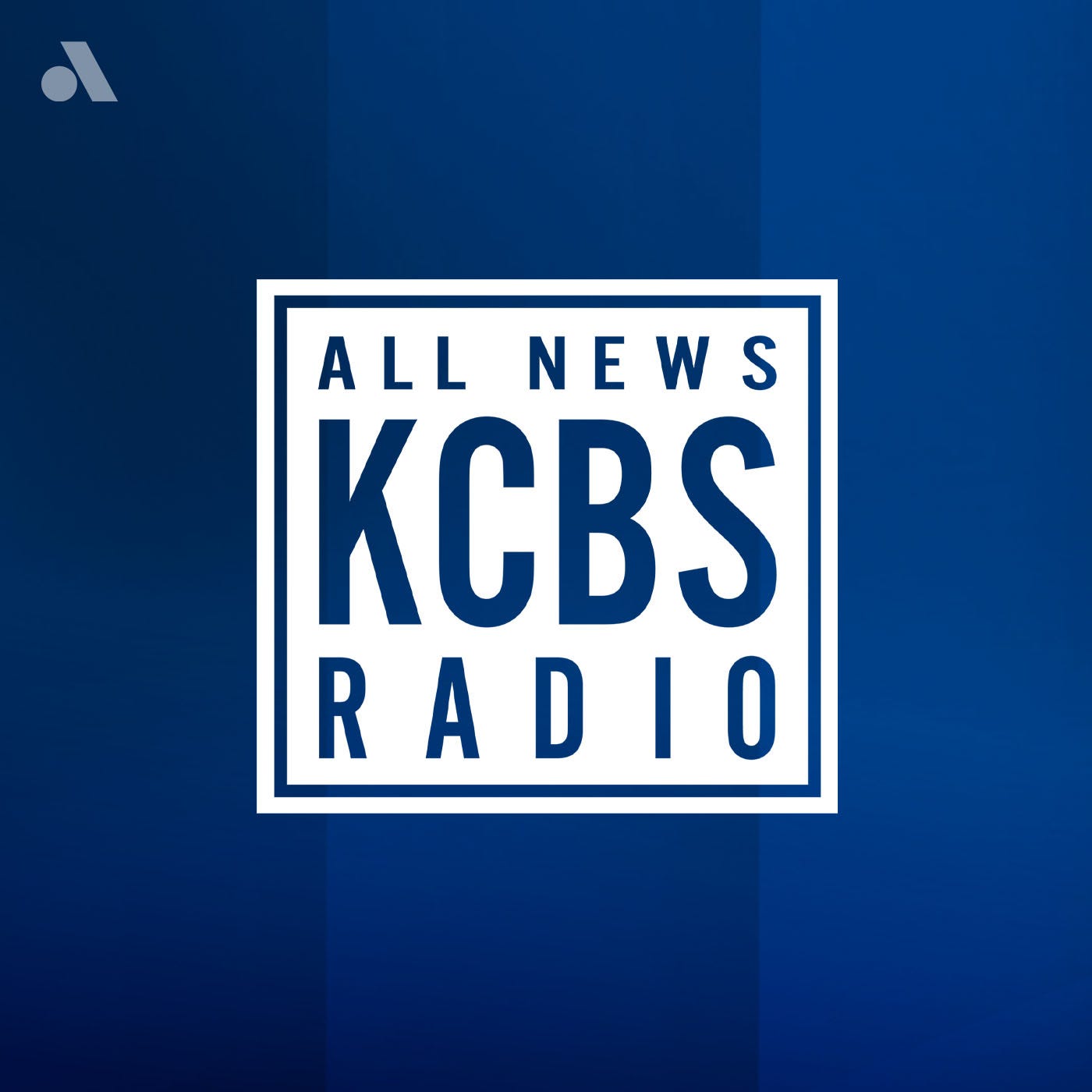With the latest COVID-19 wave hitting various segments of the population, some are considering how to better track a surge if one couldn't go by case numbers alone.
For more, stream KCBS Radio now.

"We are increasingly flying more blind," said Dr. Denis Nash, Executive Director of the City University of New York Institute for Implementation Science in Population Health and Distinguished Professor of Epidemiology at the CUNY School of Public Health on KCBS Radio's "Ask an Expert" on Tuesday.
"It was never perfect," he told Holly Quan and Jason Brooks. That kind of information is what Nash refers to as "epidemic intelligence," and is used to "give us a sense of what we really want to know about the pandemic."
Although this measuring tool has never been the best guage, it’s becomign increasingly more unreliable, he said, due to a variety of factors.
While the number of hospitalizations and deaths are a major indicator of whether or not there's currently a COVID-19 surge, it would be better if health experts didn't have to wait for those numbers to go up in order to notice the change.
It would be better to get a "heads up quickly," so that when a surge is actually happening, health experts can act faster.
"I think it's the case data that's becoming increasingly challenging to use," said Nash.
Using the numbers the current way, it can take days or even up to two weeks to know for sure if a new wave of the virus has hit.
This is important to keep in mind at this stage of the pandemic, where many have been vaccinated and boosted that when the virus is reaching those that we are really trying to protect, those who are most medically vulnerable like the elederly or those with underlying conditions.
"We need a more advance warning rather than later so that our healthcare system can be prepared," he said. "And so that we can redouble efforts about trying to be preventive in protecting those groups."
Relying on these numbers is even less accurate now as more people are testing at home and not necessarily reporting that to public health agencies.
"It could be that the magnitude of the surge that we’re having right now in New York and possibly San Francisco is greater than the numbers would tell us otherwise," said Nash.
To counteract this issue, Nash and his team have been conducting household surveys by phone or on the internet to get a better sense of how many people actually are testing positive for COVID-19.
He hopes that by doing this they might be better able to track down the "COVID-19 that may really be out there that’s kind of hidden from the usual surveillance systems and metrics," he said.
The survey covers testing history, symptoms and close contacts, among other things, to best get a sample that represents the current surge underway in New York.
The survey approach is the best solution for the lack of an official system in place to catch all of these things, he said.
LISTEN to KCBS Radio
FAVORITE KCBS Radio
Facebook | Twitter | Instagram

